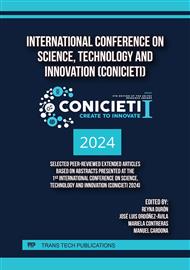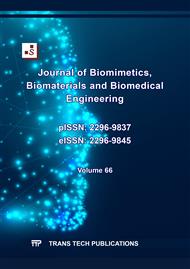p.3
p.17
p.27
p.37
p.47
p.63
p.77
p.93
p.105
Enhancing Deaf Athletes' Performance: Vibrating Wristband for Referee Whistle Detection on Recreational Sports Using Wi-Fi
Abstract:
This project arises in response to the to the various investigations found that have pointed out the difficulties that Deaf people have faced in the sports field due to the communication barriers they have with referees. The ASH board of directors has confirmed this fact and this is the problem identified. In addition, several studies support the difficulty of concentration among athletes. The proposal consists of a device for athletes placed on a wristband, which emits vibrations when the referee's whistle is blown. It seeks to improve the performance of the Deaf player by obtaining instant communication with the referees. For this project, a qualitative approach has been used to collect data on the experience of Deaf players in sport. For its construction, materials were needed such as the ESP8266-01 modules, a vibrating motor, a push button, transistor and batteries. In this case, each of the modules, connected to the transmitter or receiver, used the Wi-Fi network as a means of wireless communication between them. In addition, tools such as SolidWorks, Fusion 360 and Arduino IDE were used for programming, since HTTP was used as a communication protocol between the modules. Finally, the prototype obtained has been validated by comparing it with a previously developed device and performing maximum range and instantaneous response tests. As a result, it has been improved compared to the existing ones, the design was adjusted to improve and change the components used, size and ergonomics. Furthermore, the tests were successful, and the device functioned correctly.
Info:
Periodical:
Pages:
27-35
Citation:
Online since:
September 2024
Price:
Сopyright:
© 2024 Trans Tech Publications Ltd. All Rights Reserved
Share:
Citation:



